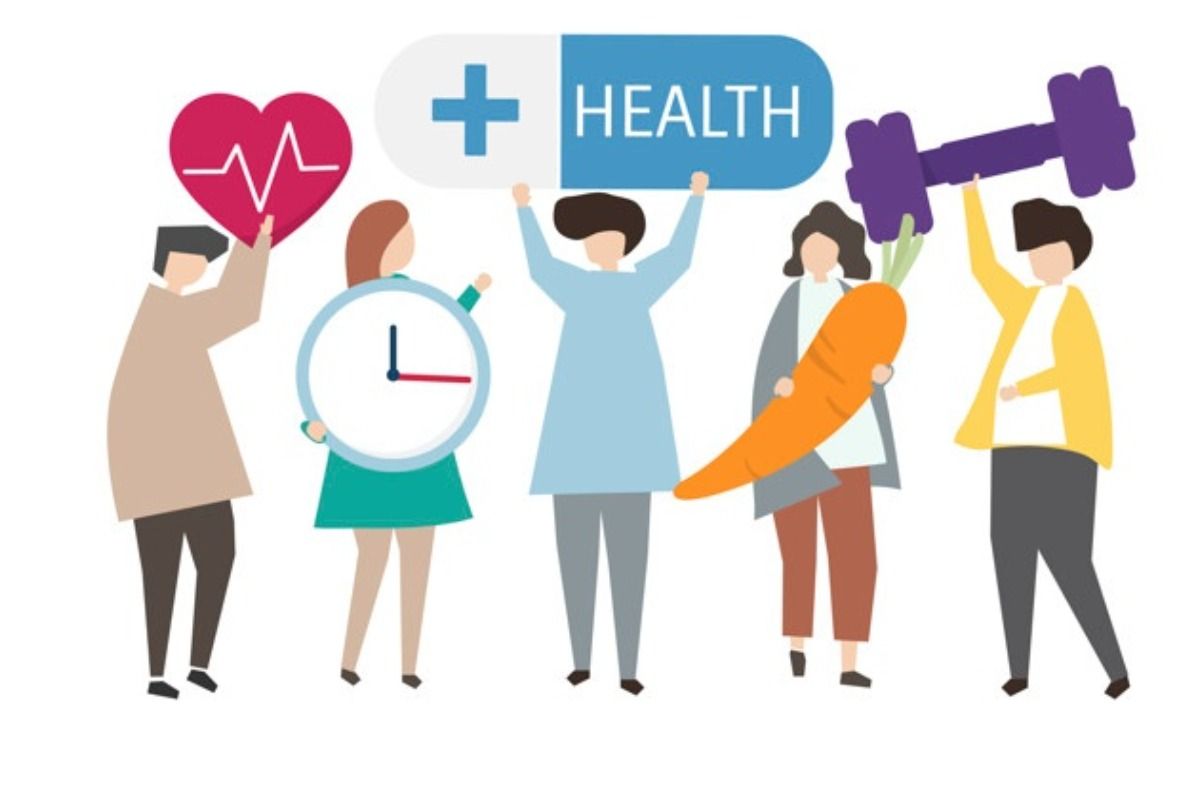
Accumulating scientific evidence shows that a few simple lifestyle habits can directly improve health and decrease disease risks. Much disability and premature death from today’s foremost killers – heart disease,![]() stroke, cancer, diabetes, liver cirrhosis, suicide and unintentional injuries – stem from everyday habits. Over half the premature deaths in North America are blamed on unhealthy behaviours such as cigarette smoking, insufficient exercise, excessive alcohol intake and a fat-laden diet. Only six per cent of premature deaths are considered avoidable through better medical care.
stroke, cancer, diabetes, liver cirrhosis, suicide and unintentional injuries – stem from everyday habits. Over half the premature deaths in North America are blamed on unhealthy behaviours such as cigarette smoking, insufficient exercise, excessive alcohol intake and a fat-laden diet. Only six per cent of premature deaths are considered avoidable through better medical care.
A California study has demonstrated that disease risks can be reduced by not smoking cigarettes, moderating alcohol use, eating breakfast, having regular physical activity, maintaining desirable weight, getting enough (7-8 hours) nightly sleep and having close social networks. The effect is cumulative: the greater the number of good lifestyle habits, the greater the chance of better health and a longer life. A recent Canadian study confirmed a lower chance of premature death by avoiding cigarette smoking, high blood pressure (related to obesity and insufficient exercise), adult-onset diabetes (due to obesity, poor diet, lack of exercise) and excess alcohol consumption. (However, some everyday influences are an unavoidable part of the environment, over which individuals have little control – such as air pollution or traffic noise.)
To evaluate your lifestyle, ask yourself a few key questions about everyday activities such as the amount of fat you eat, smoking and drinking habits – see checklist below – and evaluate which might be improving your health or perhaps damaging it. Consider seeking advice from a health professional about habits you wish to change.
Quick, easy computer programs help rate your lifestyle
To help people assess the health impact of various lifestyle activities, a new Computerized Lifestyle Assessment (CLA) program, developed by the Addiction Research Foundation and the University of Toronto, provides a practical, quick, confidential and easy method of evaluating lifestyle strengths and weaknesses. The computer program, which takes 20 minutes to run, asks detailed questions about 16 lifestyle activities, with graphic feedback along the way and a printed report at the end. Identification and feedback about risk activities that undermine health often lead people to improve their lifestyle and seek advice from a health professional. For details about the CLA program, call (416) 978-8989 or contact the publisher, Multi-Health Systems, at 1-800-268-6011.
The computer program asks questions about.
- substance abuse;
- health maintenance;
- preventive activities;
- social and intimate relationships;
- mental and emotional wellbeing.
The program feeds back information about:
- lifestyle strengths or activities to keep up
- areas of concern or factors that can threaten health
- risk areas requiring action to prevent disease
The final printout pinpoints health-harming behaviours, some of which may come as a surprise, others that may be known to the person who might be “thinking about” changing them. For example, a woman who thinks she leads a healthy life – doesn’t smoke, drink or take other drugs, eats a low-fat vegetarian diet and exercises three times a week – may have emotional problems stemming from poor social relationships and a perfectionist attitude. Or, a man who doesn’t smoke, drinks little alcohol and has good work and personal relationships may endanger his health by being overweight with the beginnings of diabetes, hypertension and a potential heart problem.
Curiously, computers sometimes elicit more personal information about sensitive lifestyle areas than a doctors interview. For instance, many people find it easier to report excess alcohol consumption to a computer than to a physician. Women, especially, seem more likely to confide alcohol, sexual and other problems to a computer than to a doctor. Computerized psychiatric histories sometimes spot problems missed by clinicians – such as suicidal thoughts, anxiety, depression or phobias.
Adolescent and student lifestyles especially poor. One recent study found that seven out of 10 people questioned were particularly worried about nutrition and half were also concerned about physical inactivity. A study of Queen’s University students found that over 80 per cent fail to get regular medical/dental care, and over half consume excess alcohol and have poor management of work-leisure time.